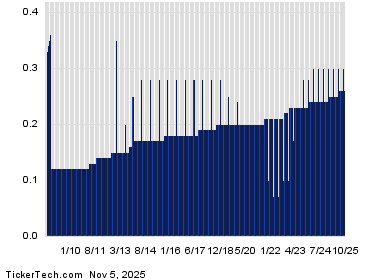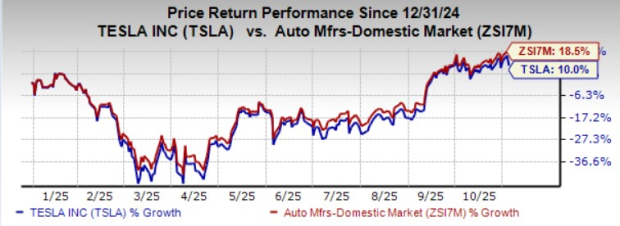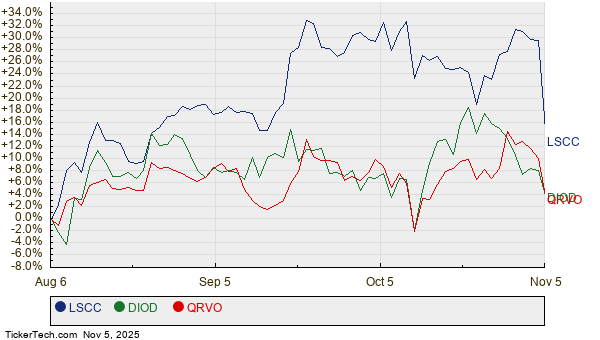Understanding Spousal Social Security Benefits: What You Need to Know
According to a 2024 report from the Transamerica Center for Retirement Studies, over 40% of baby boomers will rely on Social Security as their main source of retirement income. While these benefits can provide significant financial support, qualifying for spousal benefits may enhance your monthly payments.
The average spouse receiving benefits gets over $931 monthly as of January 2025, but strict eligibility criteria apply.
Start Your Mornings Smarter! Receive daily market insights with Breakfast news in your inbox every market day. Sign Up For Free »

Image source: Getty Images.
1. Spousal Eligibility Requirements
To qualify for spousal benefits, your partner must be eligible for retirement or disability benefits. In this case, you could receive up to 50% of what they earn at their full retirement age. If your spouse does not qualify for Social Security, you will not be able to claim benefits based on their record.
Marriage is crucial for claiming spousal benefits, but those who are divorced may qualify as well. Your marriage must have lasted at least 10 years, and you cannot be currently married to receive these benefits.
If your ex-spouse has remarried, it won’t affect your ability to claim divorce benefits. You can collect up to 50% of their full benefit amount without impacting their current spouse’s benefits.
2. Minimum Age Requirement
Typically, you must be at least 62 years old to qualify for spousal or divorce benefits. However, if you are caring for a spouse’s child who is either under 16 or disabled, you may be eligible at any age.
It’s important to remember that taking spousal benefits before full retirement age could reduce your monthly payments. Unlike retirement benefits, delaying spousal claims past full retirement age does not increase your benefits.
3. Comparison with Retirement Benefits
Even if you receive retirement benefits based on your own work history, you may still qualify for spousal benefits, though typically at a reduced amount based on your earnings.
The Social Security Administration will pay your retirement benefit first. If your spousal benefit is higher, you’ll receive an extra payment to ensure your total benefit equals the higher amount. However, if your retirement benefit exceeds your spousal benefit, you won’t be eligible for additional spousal payments.
For instance, if you’re entitled to $1,000 a month in retirement benefits and your spouse’s benefit is $3,000, you could claim up to $1,500 in spousal benefits. This would mean a combined monthly payment of your retirement benefit plus an extra $500 from spousal benefits.
Alternatively, if your retirement benefit is $1,000 and your spouse’s is $1,500, your potential spousal benefit would be $750. Since this is less than your own retirement benefit, you wouldn’t receive anything additional.
4. Impact of Spousal Death on Benefits
It’s also helpful to consider the implications if a spouse passes away. While this doesn’t directly influence your eligibility for spousal benefits, it can affect your finances significantly.
Upon your spouse’s passing, you will lose spousal benefits but may qualify for survivor benefits instead. This could grant you a minimum of 71.5% of your spouse’s benefit, with the percentage increasing the longer you wait to file. At your full retirement age, you can receive 100% of your spouse’s benefit.
Ex-spouses may also qualify for survivors benefits, alongside other family members like parents and children under certain conditions. With numerous factors affecting eligibility, reaching out to your local Social Security office can clarify what benefits you may receive.
The $22,924 Social Security Bonus You Might Miss
If you’re among many Americans who feel behind on retirement savings, there are lesser-known “Social Security secrets” that can enhance your retirement income. One strategy could potentially add $22,924 to your benefits each year. Understanding how to maximize your Social Security benefits can help you retire with more confidence and financial security. Click here to explore these strategies further.
View the “Social Security secrets” »
The Motley Fool has a disclosure policy.
The views and opinions expressed herein belong to the author and do not necessarily reflect those of Nasdaq, Inc.








